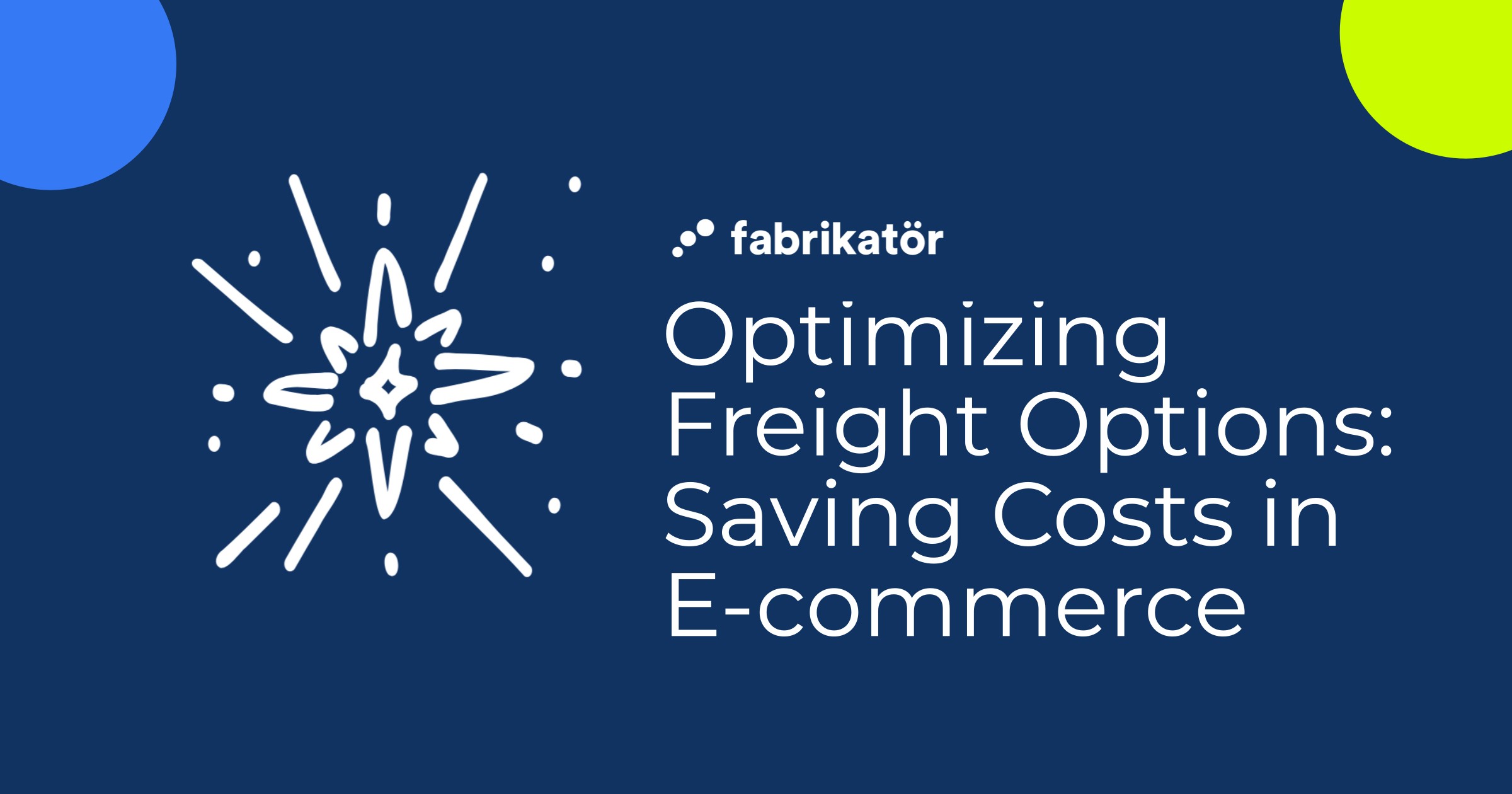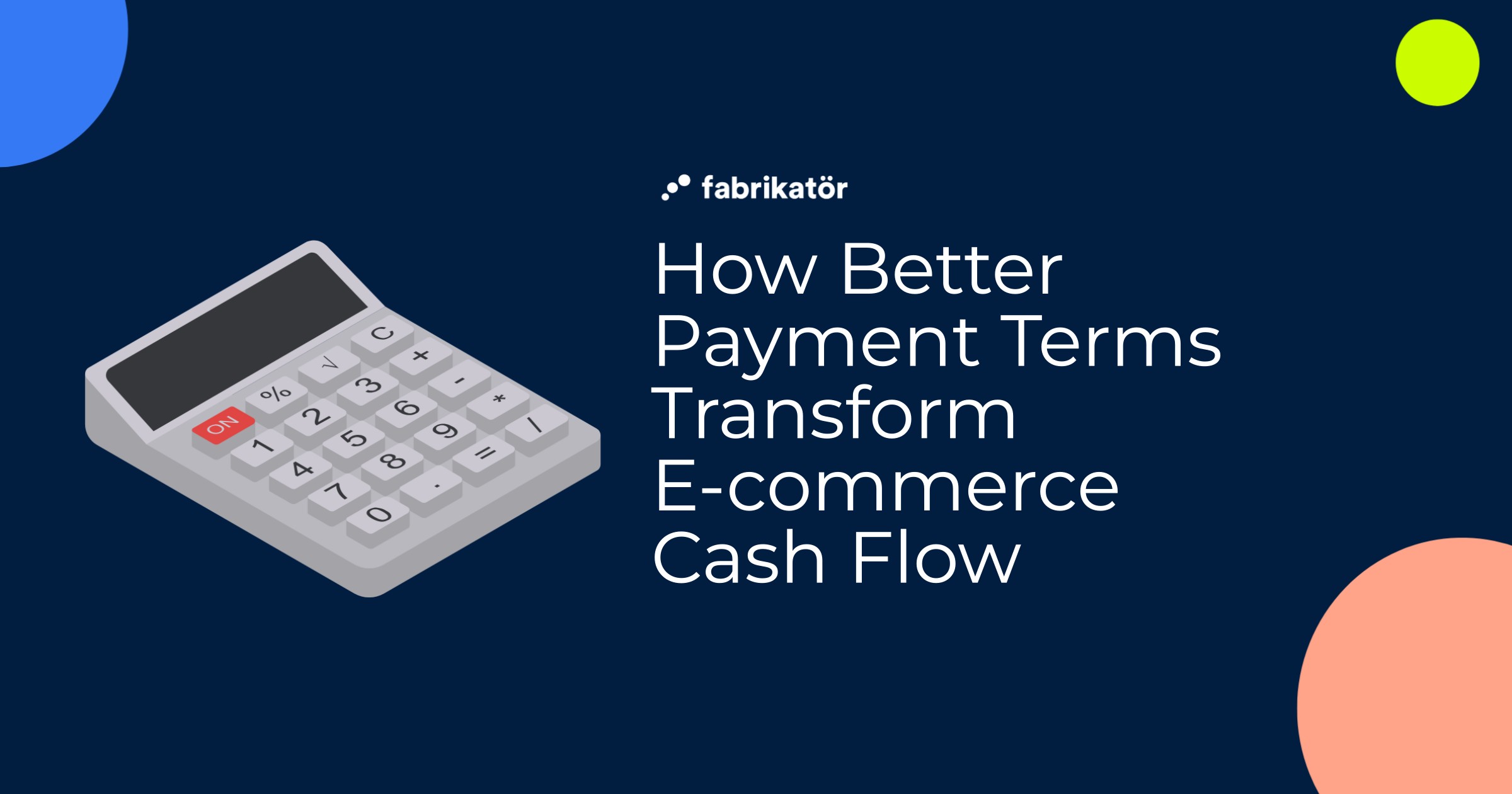Optimizing Freight Options: Saving Costs in E-commerce

In the world of e-commerce, shipping decisions can make or break your bottom line. Brands are constantly navigating the delicate balance between operational efficiency and cost management. Air freight is undeniably faster, but it's also up to 10 times more expensive than ocean freight. This price disparity naturally raises the question: How do brands optimize their shipping strategies to stay competitive?
The High-Stakes Game of Freight Optimization
The choice between air and ocean freight is not just a logistical decision; it's a crucial operational strategy. For many e-commerce brands, especially those dealing with time-sensitive inventories or seasonal products, the need to replenish stock quickly is paramount. A delay in shipping could result in missed sales opportunities and stockouts, which can tarnish customer satisfaction and brand reputation.
The Cost-Effectiveness Paradox
While air freight provides speed, its costs are prohibitive, especially for growing businesses. On the other hand, ocean freight, though budget-friendly, doesn't align well with urgent demands or unpredictable sales spikes. The challenge, therefore, lies in finding the right mix—shipping the right amount by air to cover immediate demand, while the bulk of the inventory sails smoothly across the seas.
This strategic balancing act has been notoriously difficult to master, as it requires precise demand forecasting and seamless coordination between various departments—something that many teams struggle with due to the sheer complexity and the data silo effect.
A Real-World Perspective
A mid-sized fashion brand recently highlighted this challenge in a conversation about their shipping conundrum. "We were constantly trying to optimize our freight strategy but found ourselves either overspending on air or facing stockouts waiting on ocean shipments," they revealed. This is a situation familiar to many in the e-commerce space.
Framework for Smart Shipping Decisions
Enter a structured approach to shipping optimization: The solution lies in data-driven decision-making and leveraging technology to forecast accurately. By understanding the nuances of their sales cycles and customer demand, brands can precisely calculate how much inventory needs to be shipped by air to meet immediate needs, with the rest scheduled for ocean freight.
This calculated approach not only ensures product availability but also maximizes cost efficiency—a vital advantage in the highly competitive e-commerce landscape.
How Fabrikatör Helps Brands Optimize Freight
At Fabrikatör, we recognize the complexity of freight optimization and its impact on a brand's financial health. Our newly launched feature allows brands to optimize their shipping strategies by analyzing demand forecasts and suggesting the ideal freight split between air and ocean. This innovation empowers brands to ship just enough by air to tide them over until their ocean shipments arrive, reducing costs significantly while maintaining customer satisfaction. Book a demo with Fabrikatör to see how your team can make smarter, calmer shipping decisions.
Final Thoughts: The Road to Efficient Shipping
In the fast-paced world of commerce, the ability to respond to demand without waste is a defining factor of success. Optimizing freight choices not only saves money but builds a more resilient and responsive supply chain. As brands continue to evolve, embracing data-driven solutions like Fabrikatör's freight optimization feature will be key to thriving in a dynamic market.










